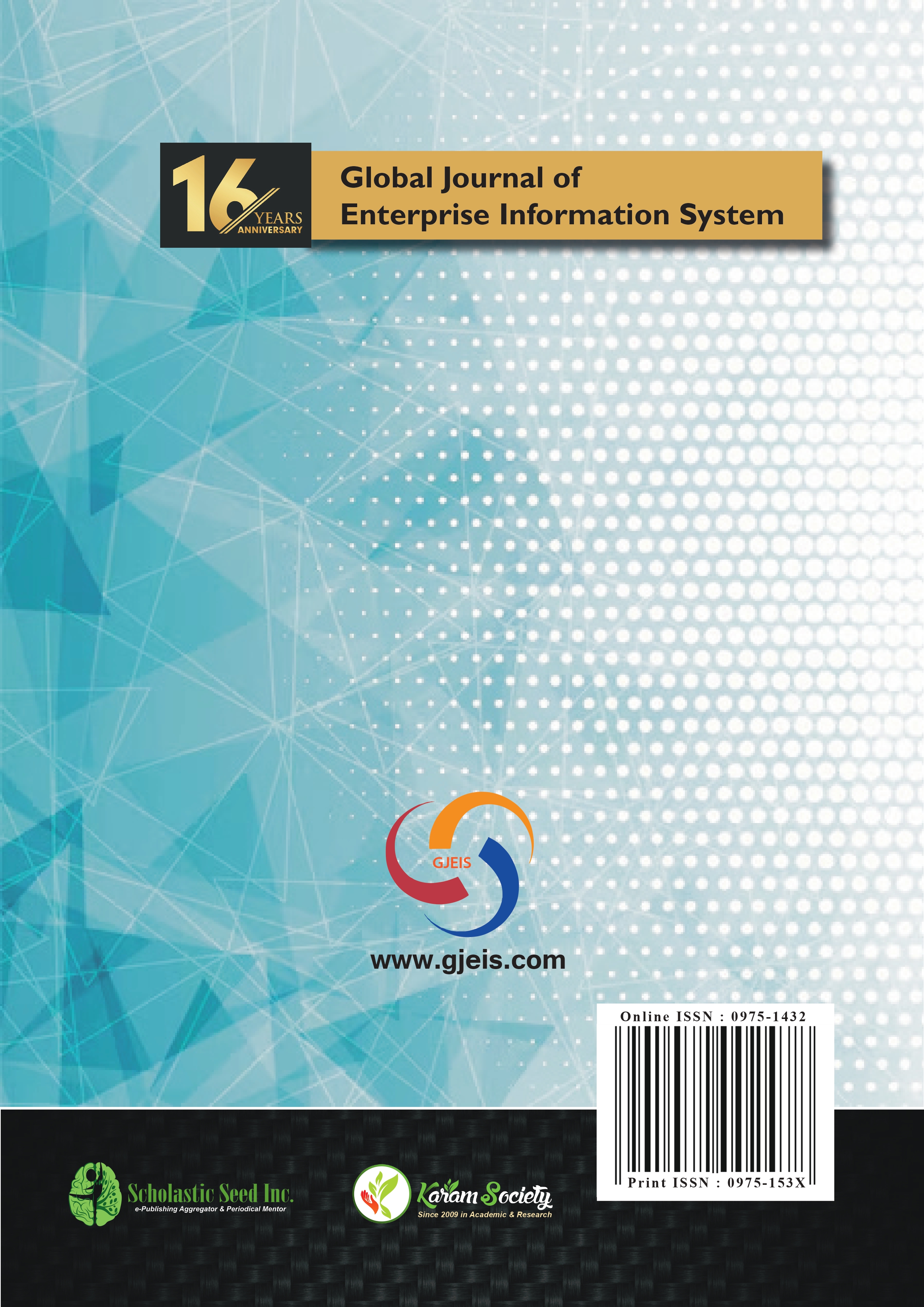Distance Education: How Much Distance? The History, Opportunities, Issues and Challenges
Abstract
Distance learning has become a permeating and growing phenomenon. The increased demand for education showed that there is a
greater need among working adults to continue their education. However, most adult workers are not able to continue their studies
using the conventional means due to their work and family commitments. Distance education provides the flexibility for them to
continue their studies. Moreover, the distance education is mainly intended for the people who can’t be able continue their education due to the geographical distance, economical status, cultural and traditional reasons, still there exist a large DISTANCE between
the these people and the distance learning institutes in making aware of the programs, courses and in bringing effective outcomes.
This paper attempts to screen out the distance between people and the distance learning institutes. Also evolution, statistics and
various programs of distance learning education (DLE) have been critically reviewed. Finally, the history, opportunities, issues and
challenges of DLE have been analyzed and some recommendations have been proposed in order to make the program effective. This
paper brings out the positive suggestion to enhance the pass out ratio by implementing the proposed model.








